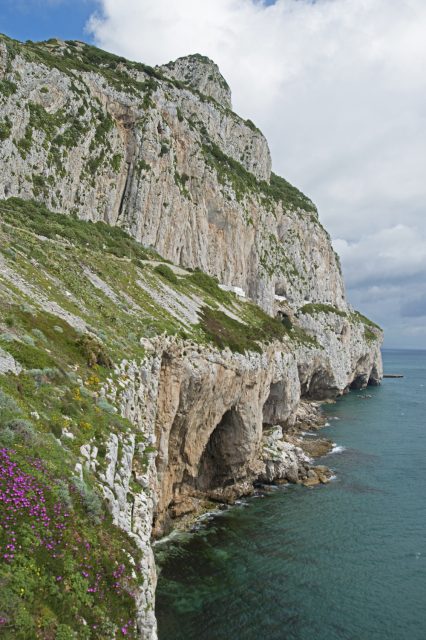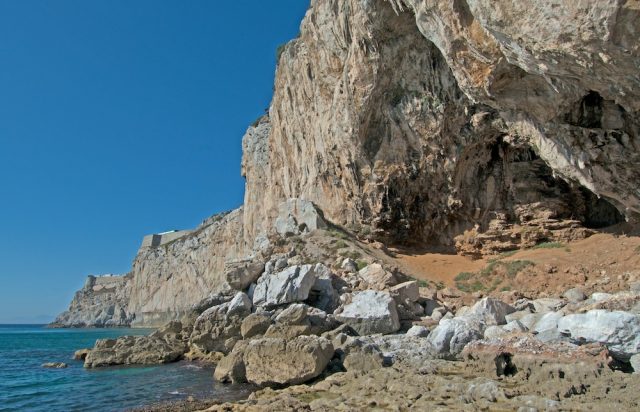Archaeologists have uncovered a 40,000-year-old chamber within Gorham’s Cave Complex at the Rock of Gibraltar. According to the team, their findings could change how scientists and the general public look at Neanderthals and pre-historic humans.

The excavation is being led by evolutionary biologist Clive Finlayson, who doubles as director of the Gibraltar National Museum. His team is examining the Vanguard Cave, one of the last known habitations of European Neanderthals, who lived through a period spanning over 120,000 years.
The cave, located on the eastern side of the Rock of Gibraltar, was first excavated in 1997, and later declared a UNESCO World Heritage Site. The recent project was launched in 2012, with the aim of determining if it has any chambers or passages plugged by sediment.
While Finlayson’s team was studying the cave last month, they discovered a previously unknown hollow area. After climbing through it, they found themselves in a 43-feet-long chamber at the roof of the cave, with stalactites hanging from the ceiling.

Speaking with The Guardian, Finlayson compared the find to “discovering the tomb of Tutankhamun.” Within the chamber were bones belonging to hyenas, lynx, and a vulture. Scratch marks have also been observed on the walls, made by a yet-to-be-identified carnivore. “Normally bears do that, but it’s small so it could be the lynx,” Finlayson told CBC.
The most interesting of their finds appears to be a large dog whelk shell, which shows those Neanderthals living in the chamber traveled to the sea and carried items back. While the shell is considered a key piece of evidence, sediment sampling will be conducted, as will searches for possible DNA.
Four years prior, in 2017, Finlayson’s team discovered a milk tooth belonging to a four-year-old Neanderthal child. However, it’s likely the location at which it was found was a hyena den and not a place other Neanderthals occupied.

Evidence was previously found to show that Neanderthals and modern humans lived in Gorham’s Cave Complex, including remains of campfires and butchered animals, tools, fossils, and early artwork in the form of scratched patterns. It’s speculated the cave system might be one of the last places Neanderthals lived before going extinct 40,000 years ago.
Much evidence has been found in the complex to allow scientists to gain a better picture of Neanderthals. This includes golden eagle remains, showing that Neanderthals caught large birds, going against the long-held belief it would have been too difficult for them to do so.
There are also signs that they butchered animals, including ibex, red deer, seals, and dolphins. “It’s changing the whole perspective of the Neanderthal as this sort of inferior, brutish ape-like creature and showing that they were very much humans in every respect,” Finlayson said.

More from us: DNA Study Reveals That Neanderthals and Woolly Mammoths Shared Genetic Material
According to Finlayson, the next steps will be to excavate the chamber to see if the team will discover Neanderthal burials. The full excavation of the cave is expected to take decades to complete.
